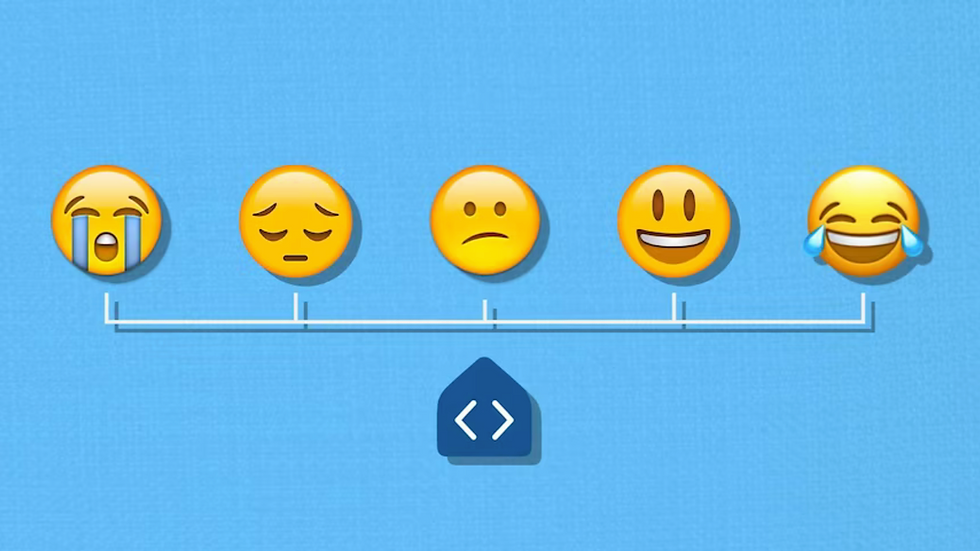Is Social Media That Simple? Where People Go Wrong
- Carl Partridge
- Jan 17
- 3 min read

In today’s digital-first world, social media often feels like an easy, intuitive tool for growing a brand. After all, anyone can post, tweet, or share. But is social media really that simple? If it were, wouldn’t every business have an engaged audience, a steady stream of leads, and sky-high conversion rates?
The truth is, many businesses approach social media with a fundamental misunderstanding of its purpose or goals. And that’s where things start to go wrong.
The Common Misstep: Undefined Goals
One of the biggest challenges businesses face is not knowing what they want to achieve on social media. Are you aiming to:
Build awareness?
Foster engagement?
Generate leads?
Drive sales?
Educate your audience?
Promote events?
Build a community?
Entertain your audience?
Manage crises?
Attract talent?
Celebrate milestones?
Each of these goals requires a distinct approach, content strategy, and measurement of success.
Strategy Without Purpose
Another common pitfall is focusing too much on tactics without understanding the bigger picture. For instance:
Posting trending memes for engagement but failing to connect them to your brand’s message.
Running ads without clear targeting, hoping to “reach everyone.”
Chasing follower counts without considering whether those followers align with your target audience.
Without a purpose, even the most creative content can miss the mark.
Understanding Key Social Media Goals
Let’s take a closer look at some of the core goals businesses pursue on social media:
Awareness: Increasing your brand’s visibility and ensuring your audience knows who you are and what you stand for.
Engagement: Encouraging your audience to interact with your content, fostering deeper connections and loyalty.
Lead Generation: Capturing potential customer information for nurturing into paying customers.
Sales: Promoting products or services to directly drive conversions.
Education: Sharing valuable insights and tips to position your brand as an authority in your field.
Event Promotion: Driving attendance and buzz for in-person or virtual events.
Community Building: Strengthening relationships with your followers and fostering a loyal audience.
Entertainment: Keeping your audience engaged with fun, relatable, or seasonal content.
Crisis Management: Communicating transparently during crises to maintain trust.
Recruitment: Attracting top talent by showcasing your company culture and opportunities.
Analytics and Milestones: Celebrating progress, achievements, and growth to enhance credibility.
Building a Strong Foundation
To make social media work for your business, start by answering these key questions:
What is your primary goal? Whether it’s driving sales, nurturing a community, or establishing thought leadership, be specific.
Who is your target audience? Understand their needs, pain points, and preferred platforms.
How will you measure success? Define KPIs that align with your goals, such as engagement rates, lead generation metrics, or website traffic.
What’s your unique value proposition? Ensure your content reflects what makes your brand stand out.
Social Media: A Tool, Not a Solution
Social media isn’t a one-size-fits-all solution. It’s a tool that works best when aligned with clear objectives and a well-thought-out strategy. By taking the time to define your goals and understand your audience, you can transform your social media presence from a scattershot effort into a powerful driver of business growth.
So, is social media really that simple? The answer lies in your approach. Are you using it purposefully, or are you posting without a plan?
Let’s spark a conversation: What’s the biggest challenge you’ve faced in aligning your social media efforts with your business goals? Share your thoughts in the comments



Comments